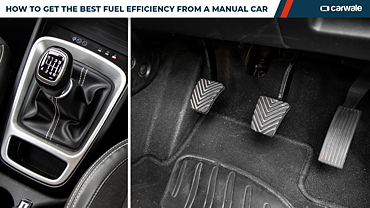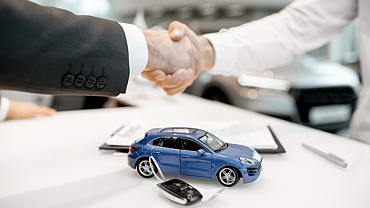
How close is close when you want to experience a motorsport that is reserved for a privileged few and costs more than 10 million dollars to enter? If you have guessed it right we are talking about Formula 1 and the answer is very close. We recently got a chance to try out a very realistic Formula 1 simulator at the SMAAASH entertainment centre in Mumbai and boy were we amazed.
Before I get into the experience, let me give you a little background on how F1 simulators have become incredibly relevant these days. The FIA, about two years ago, decided to limit the amount of testing miles an F1 team could run up every year in a bid to cut costs. In such a competitive environment like Formula 1 racing, if you do not constantly test, develop and innovate then you are sure to be left behind and let us face it no one likes being left behind, thus the importance of the simulator. Much like how tech from F1 makes its way to road going cars (albeit with a five year gap), the aids that helps the F1 teams is now accessible to the public.
Let us be clear, these are not your run of the mill professional gaming wheels hooked up to PS3s and a giant screen. These simulators cost upwards of a few Crores and usually occupy an entire small room thanks to the hydraulics and sound system. It is now a must have tool for every Formula 1 team due to the immense benefits it can provide in terms of letting a driver learn unfamiliar race tracks as well as letting him/her improve their performance on various circuits.

The F1 simulator at SMAAASH has been developed and designed by Dutch company Cruden who are also developers and suppliers of such simulators for many of the major F1 teams. It is designed on a Six Degrees of Freedom platform (6 DOF) and simulates at a height of four feet using hydraulic rigs, which creates realistic movements of a professional racing car and also creates G Force to be felt by the racers.
The circuits are not the standard ones that feature on the F1 calendar but scans of bits and pieces from racing circuits around the world. This scanning is done using hi-end laser technology and through cameras mounted on race cars and helicopters. There are currently three circuits available for trial, the Autodromo De Lunyachamps, Zandavroot and Kyalami of which the latter two were a part of the F1 circuit in the 1980s.

Right from the start, this simulator is meant to give you the real deal and there is no shortage of things to make you feel so. The driver is made to sit in a Sparco racing bucket, strap on a four point harness and once locked in the rig is raised to a height of four feet.
The participant’s first view is of the steering wheel, paddle shifters and electronic gauge giving read outs such as speed and gear. In place of a tachometer is an LED strip that indicates when to change gears, this is currently a standard practice in most modern race cars. At your feet is the accelerator and a giant brake pedal. Thankfully, unlike in real racing, size and weight is not an issue here as my colleague Pratheek and I (both plus size humans) were able to fit into the seat (with some amount of squeezing) and buckle up without much difficulty.

There are three skill levels; beginner, semi-professional and professional. Obviously this being the first time, we decided to start slowly and go with the beginner skill level. Much like any other racing simulator, you line up on the grid with four other cars, wait for the five red lights to go out and then race but that is where the similarities end.
The steering is connected directly to the ‘wheels’, so the feedback is precise and perfect to the point where you can feel the kerbs jar under you as you hit them. The rig simulates up to 2.5 G’s and throws you from side to side as you take corners. It also pitches you forward when you accelerate and then throws you back when you stamp on the brakes.
The accelerator becomes more precise as the skill level increases, so at the highest point, mashing the throttle will only leave you doing donuts on the track, (thankfully in this simulator such actions will not incur a 25, 000 Euro fine).
The braking is quite realistic too as there is no simulated ABS, ESP or traction control leaving the wheels to lock under hard braking. This means finding precise braking points and stamping hard to stop the car from going off the track, something that is easier said than done. Just 15 minutes in the simulator at any skill level can leave an untrained person sweaty, hot, slightly disoriented but elated beyond belief.

At the end of trying out all three skill levels on the Autodromo De Lunyachamps which has famous sections like the Eau Rouge from Spa Francorchamps and the Parabolica from Monza, we found a new level of respect for Formula 1 drivers. It is almost unbelievable that they are able to drive such powerful vehicles while managing a host of functions on the steering wheel, keeping life in the tyres and trying to get a balance between fuel efficiency and race pace.
The F1 simulator is in the SMAAASH entertainment centre located at Kamala Mills Compound in Lower Parel, Mumbai. Three minutes on the simulator will cost you Rs 250 and you need to purchase a SMAAASH card to access the rig.





